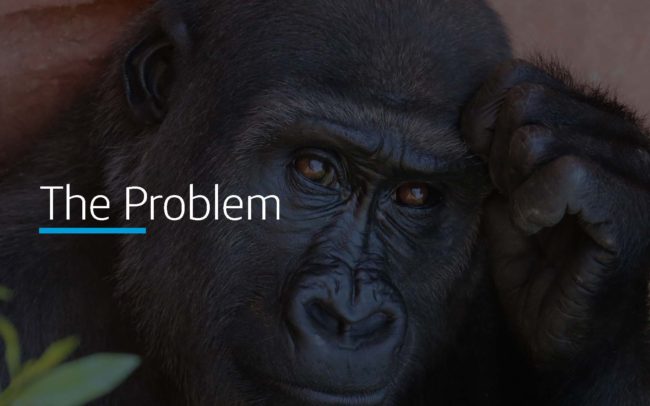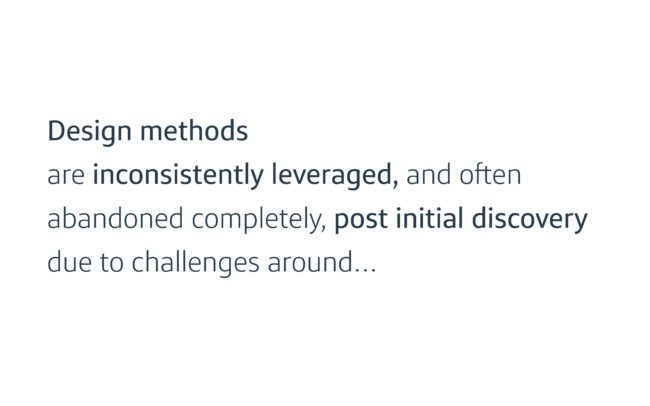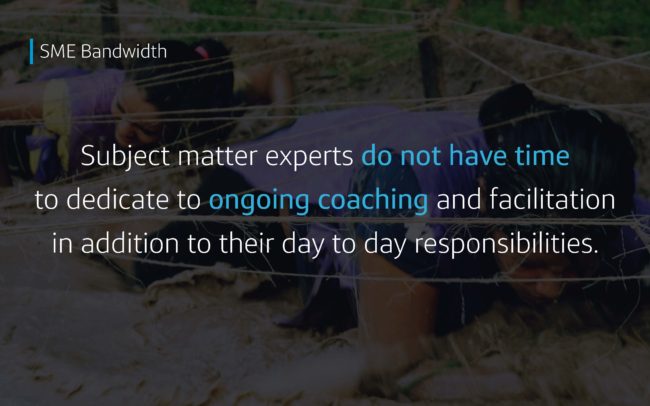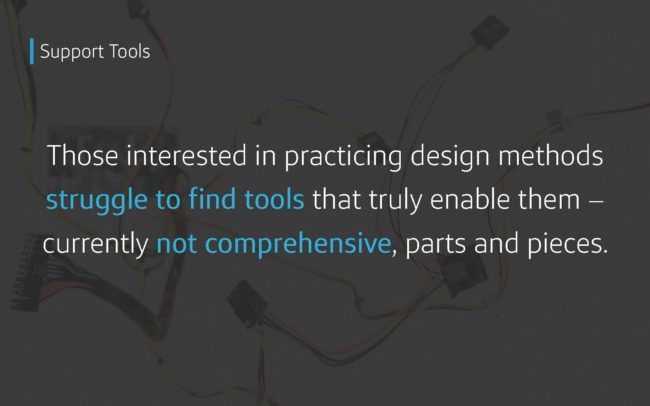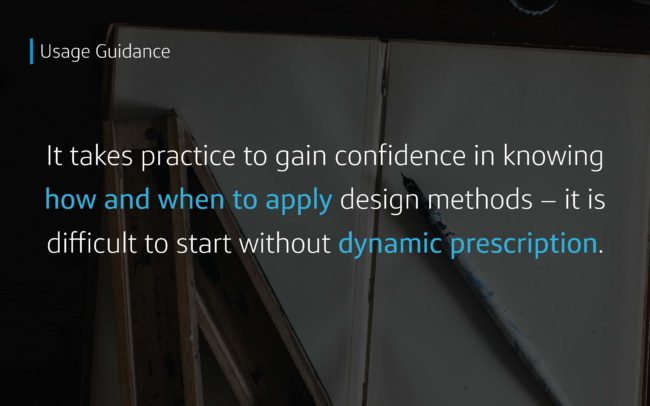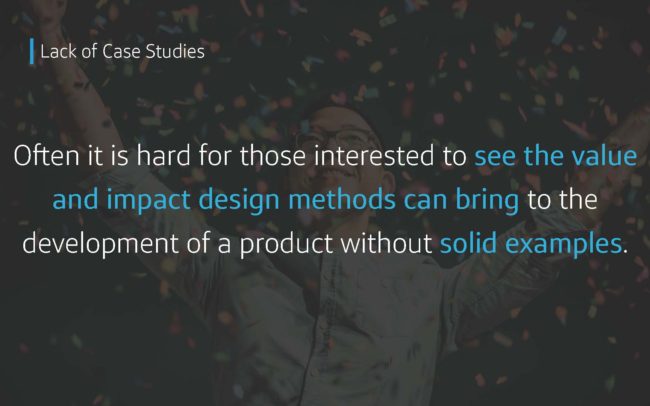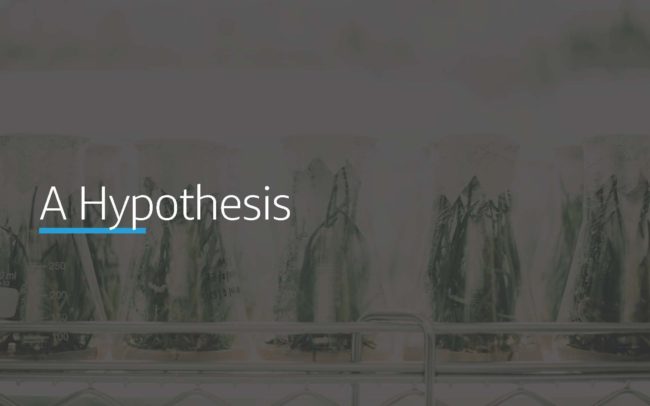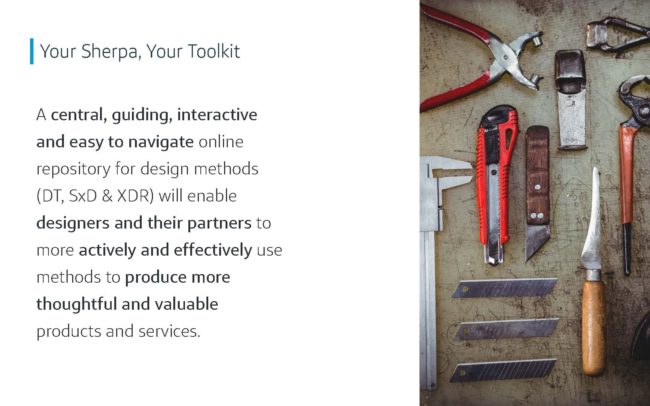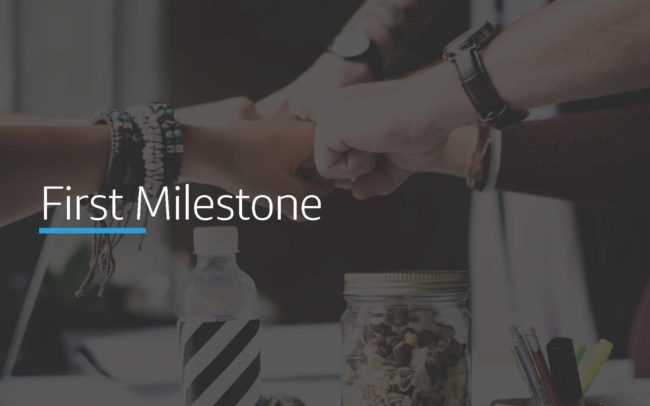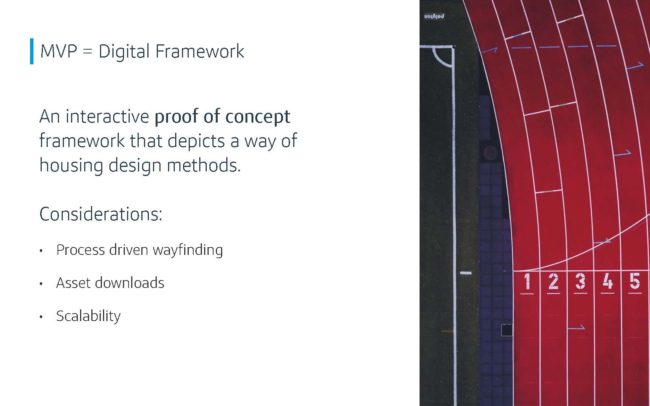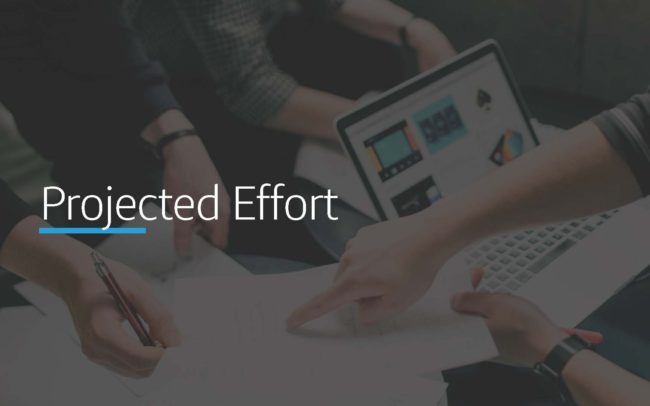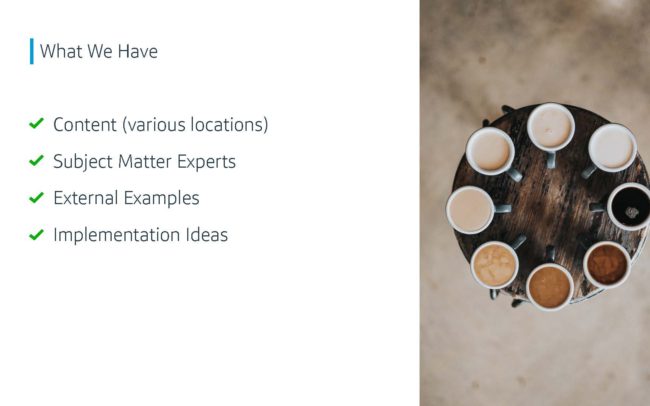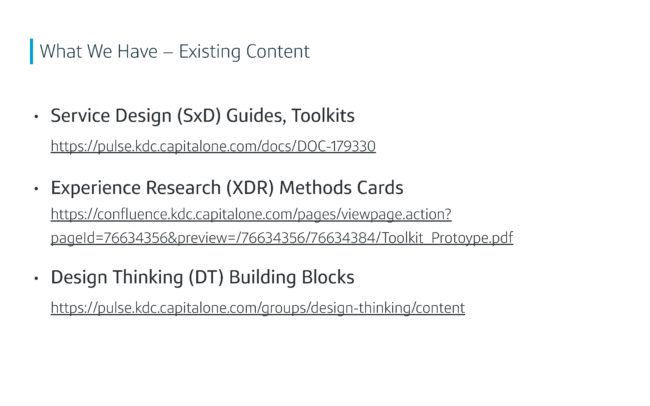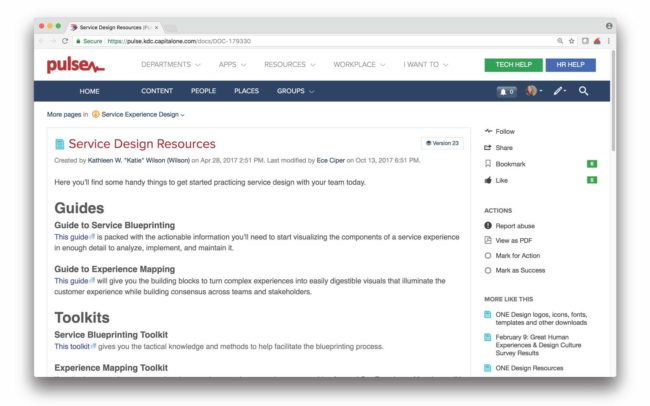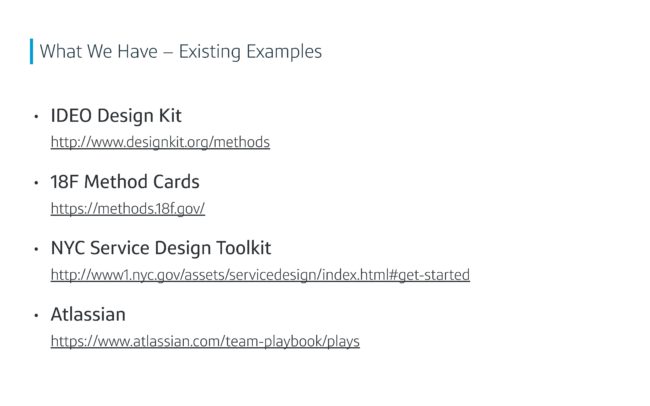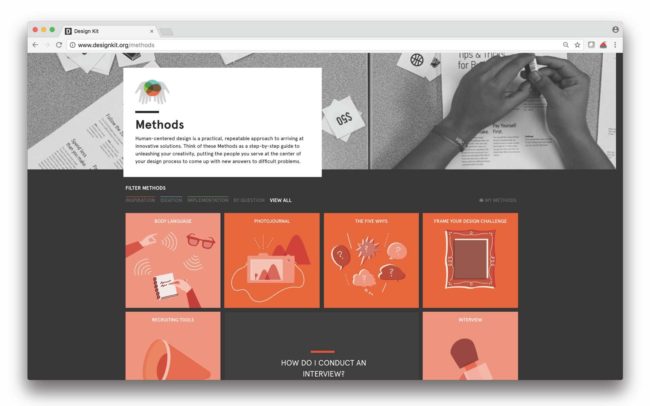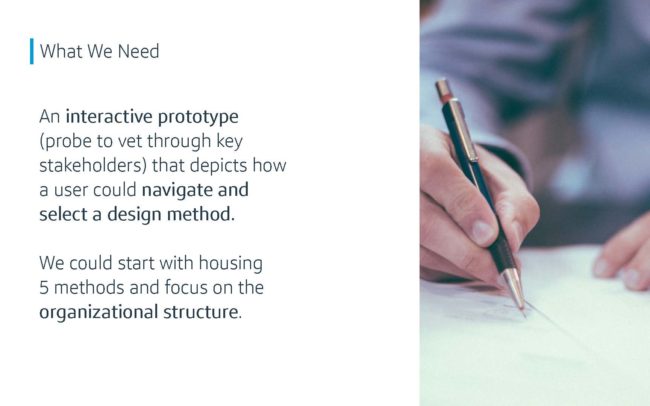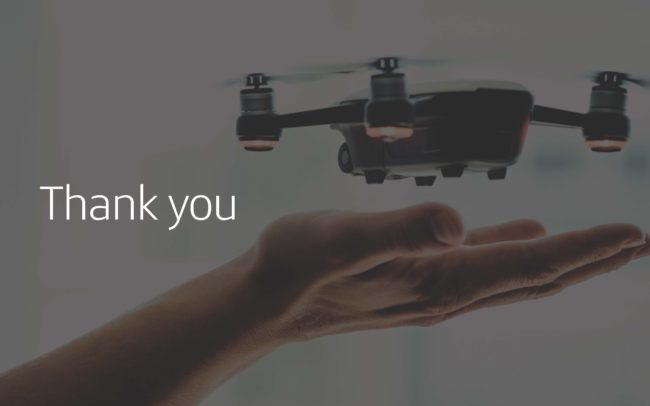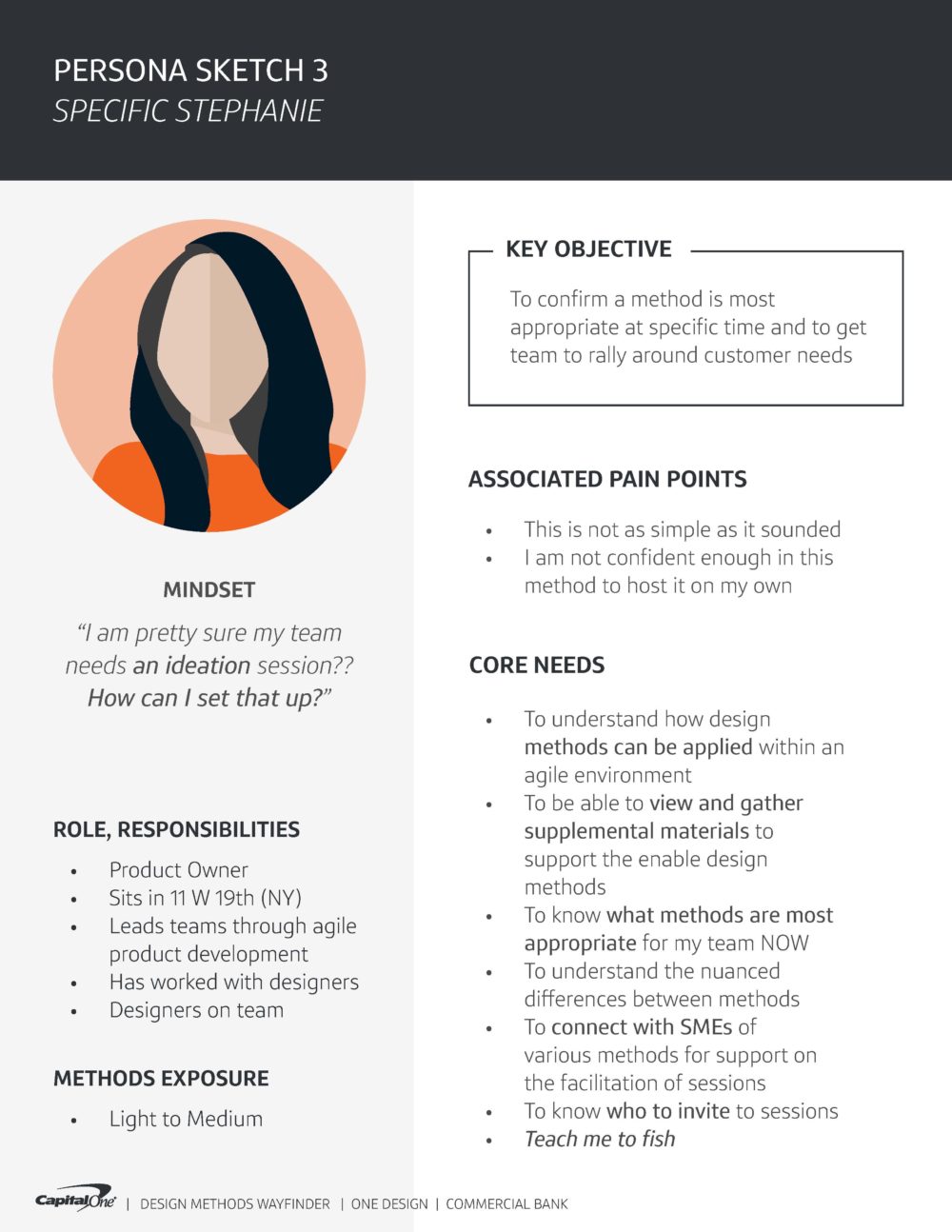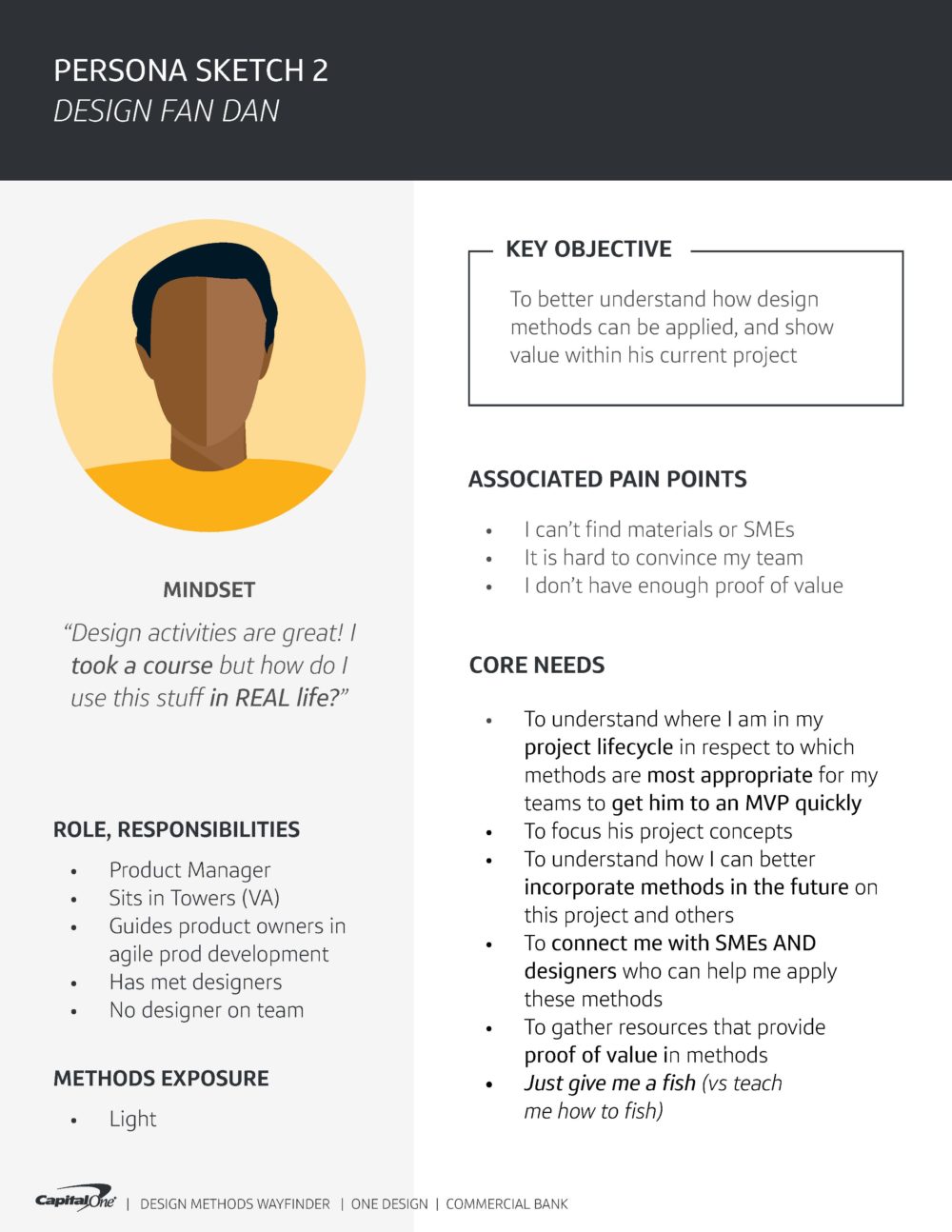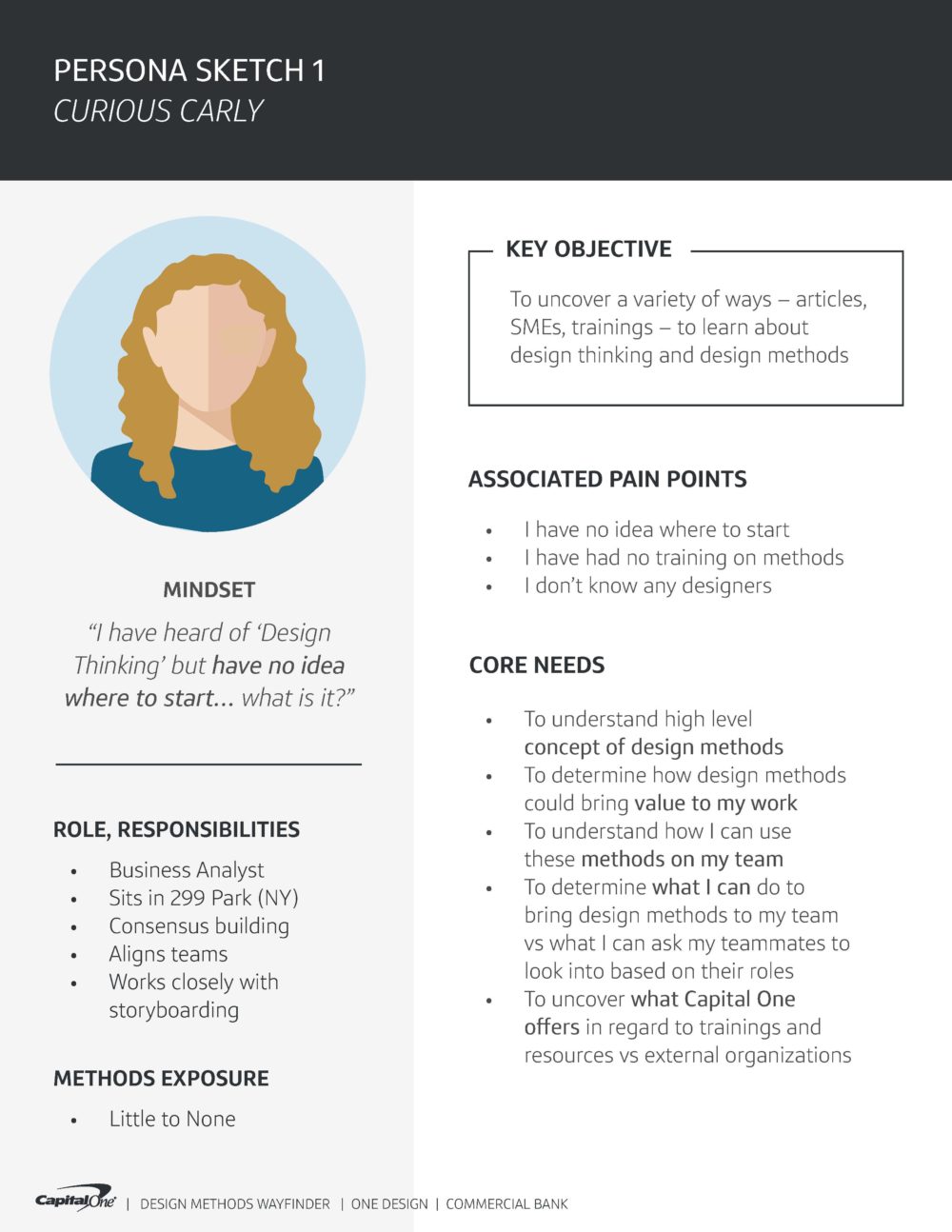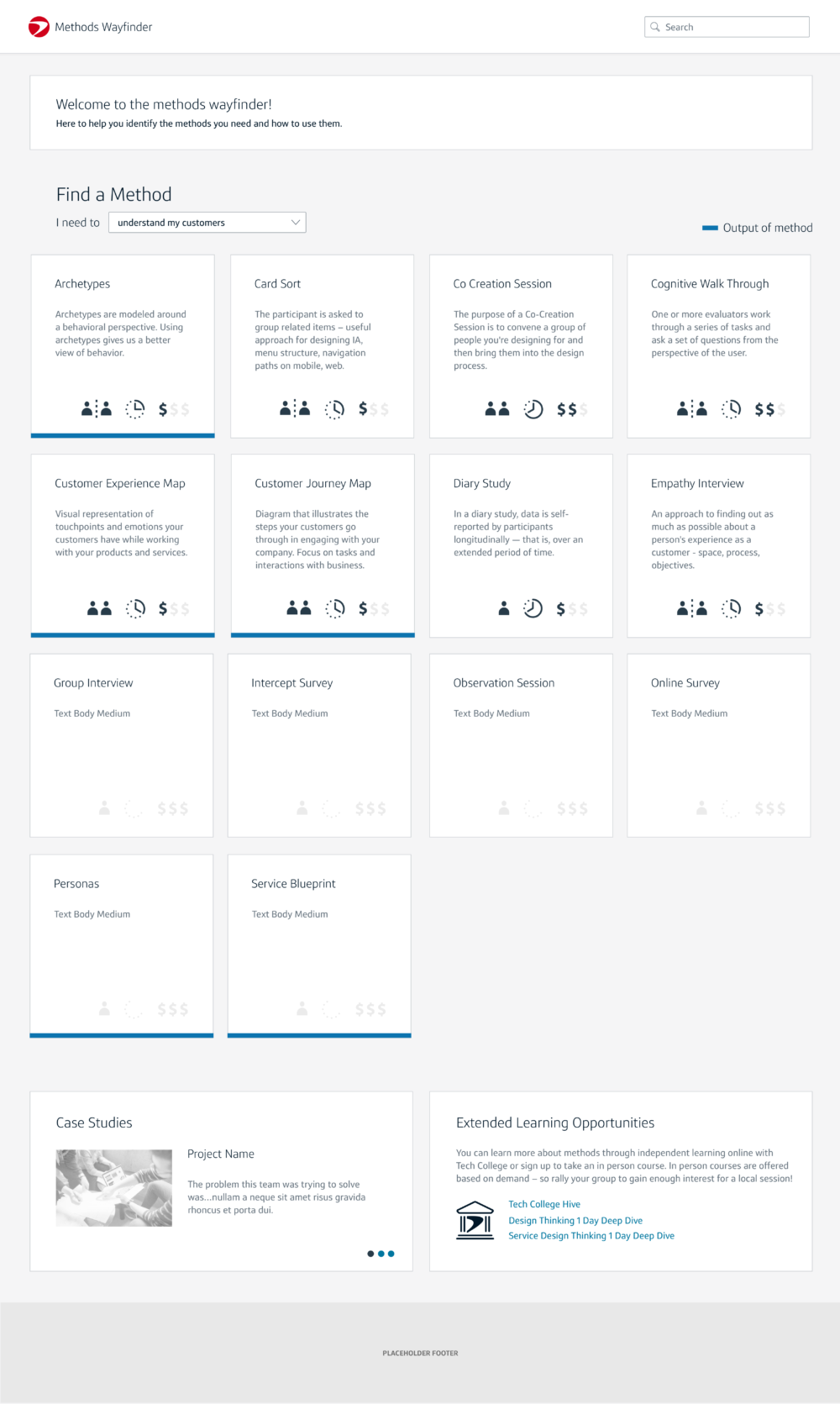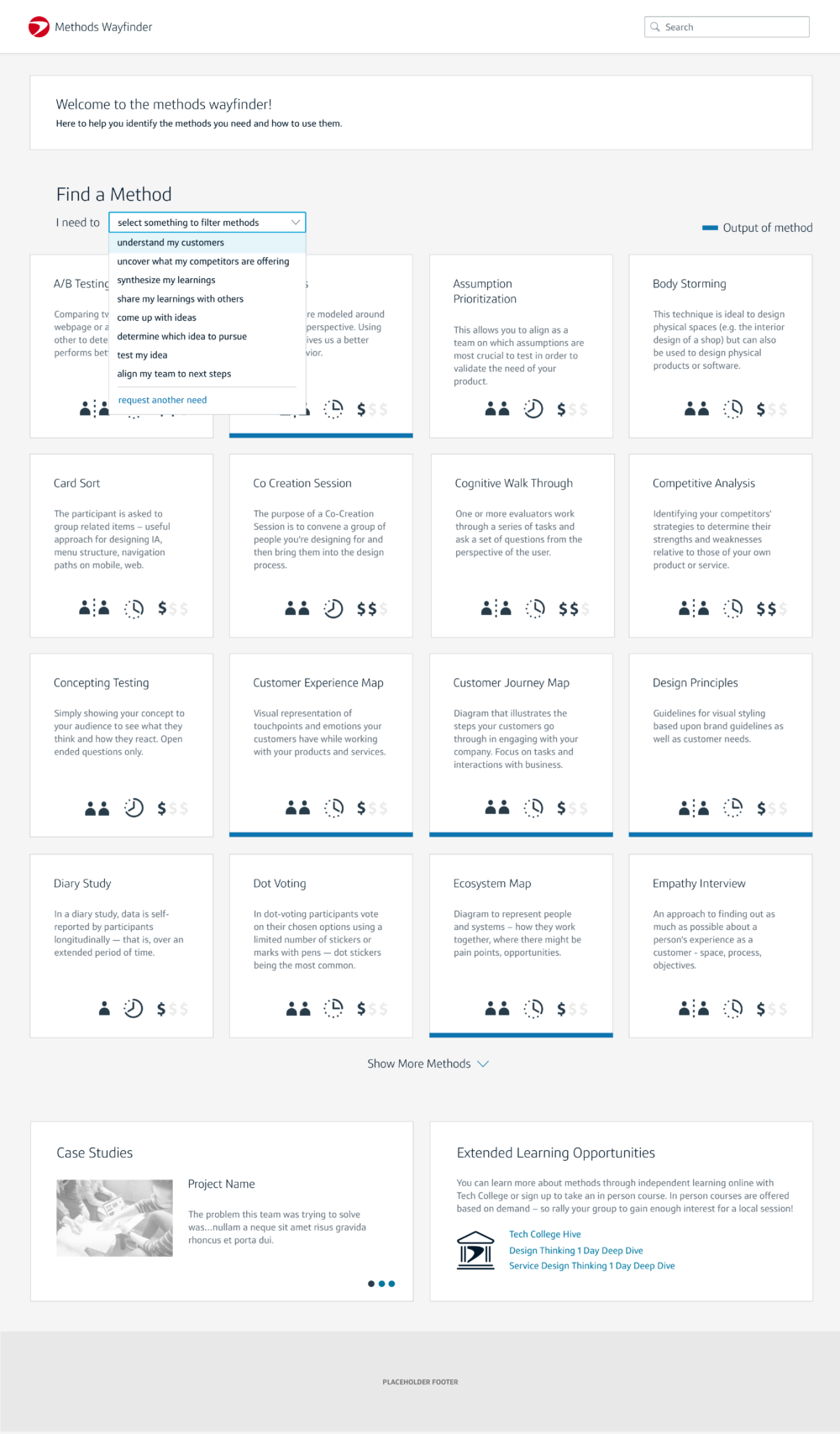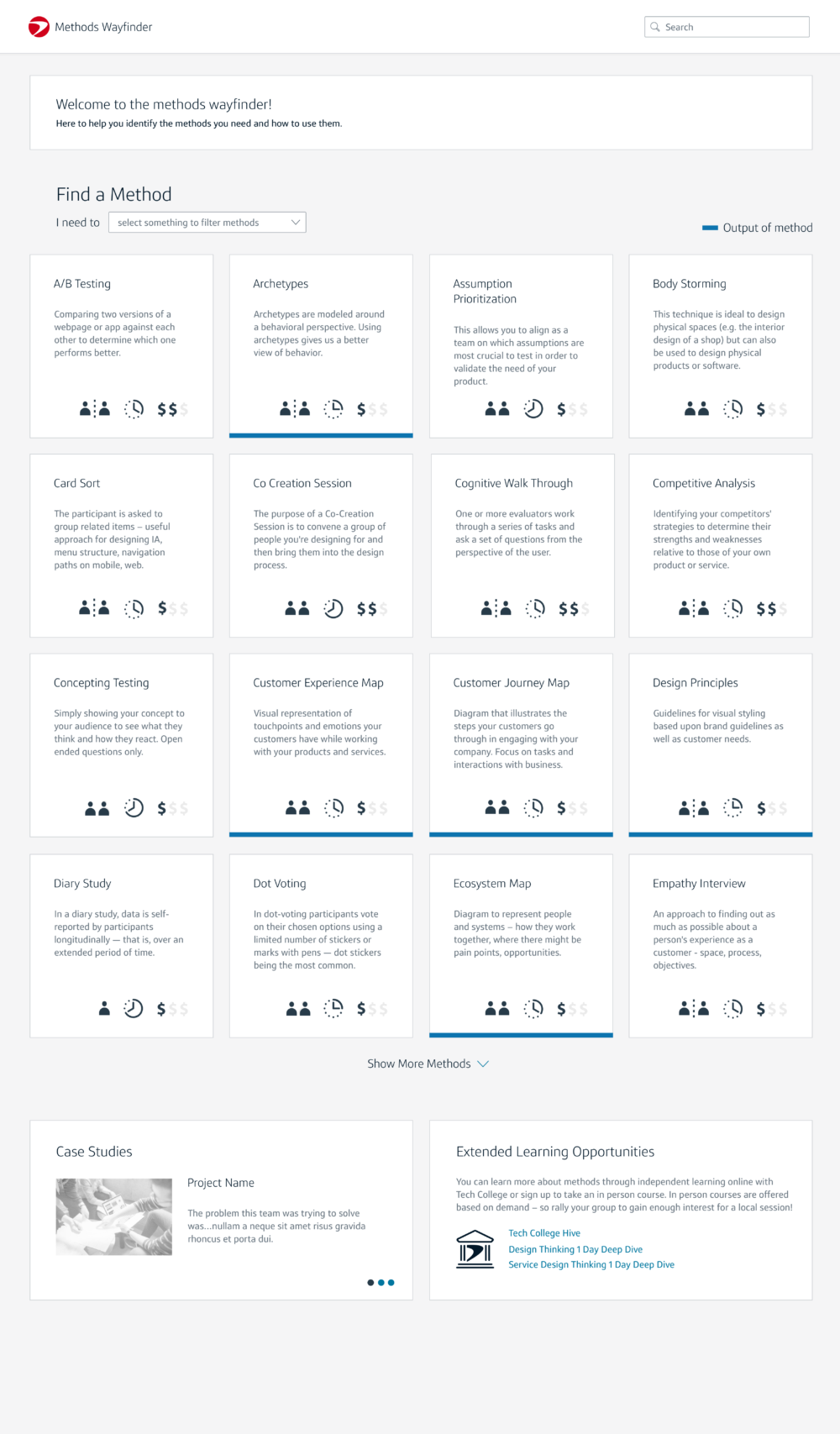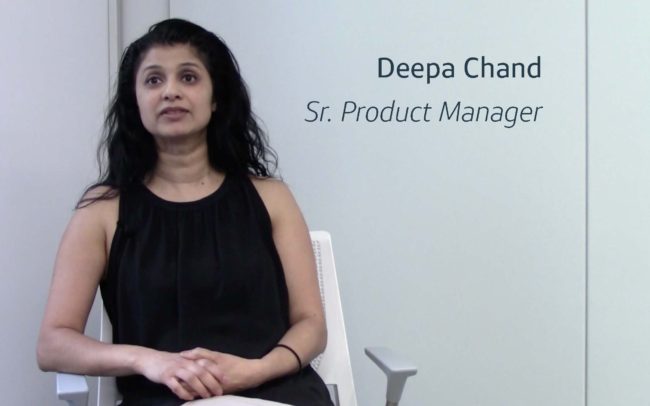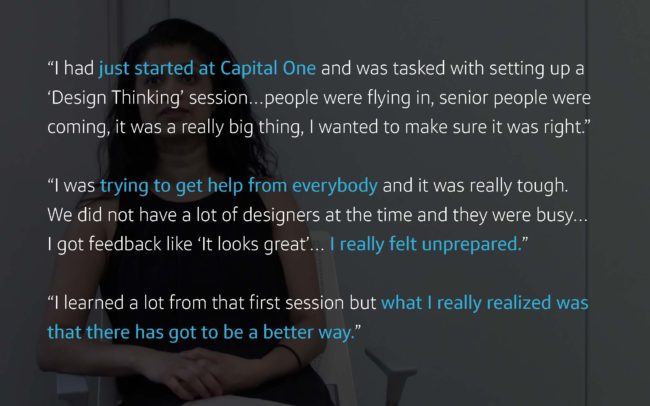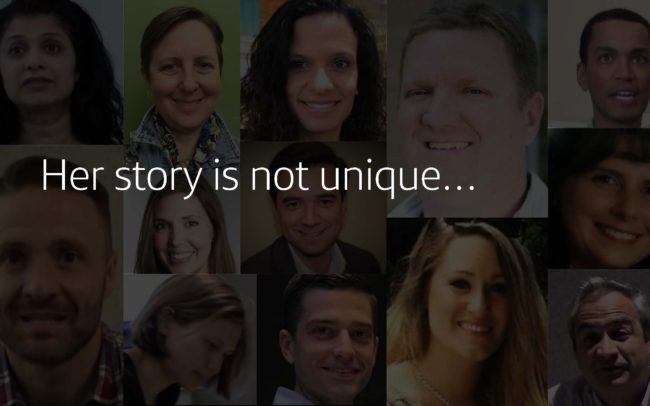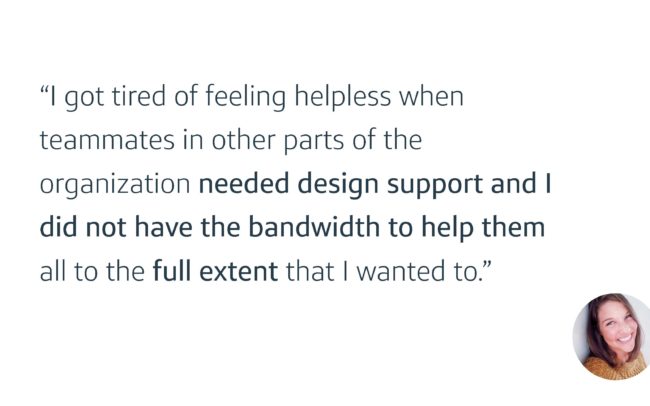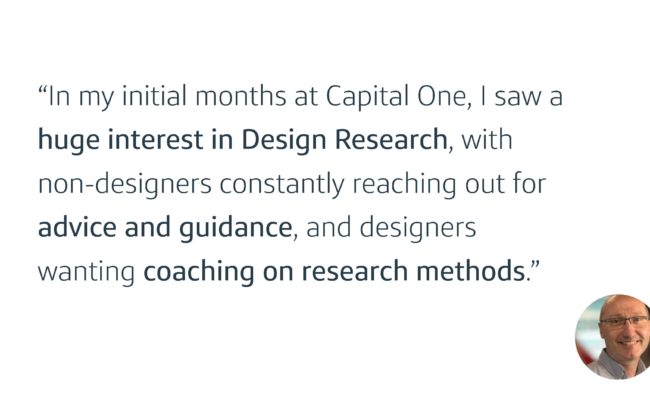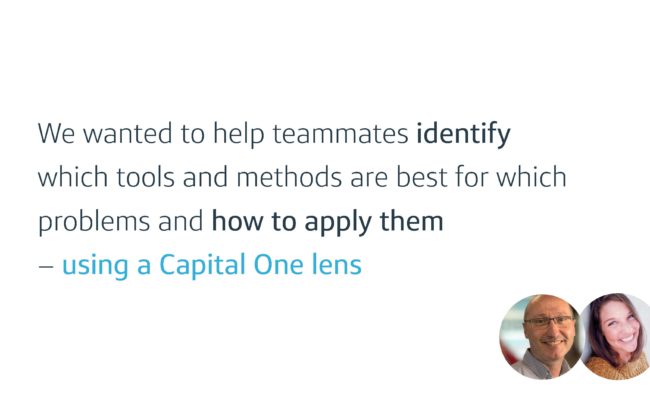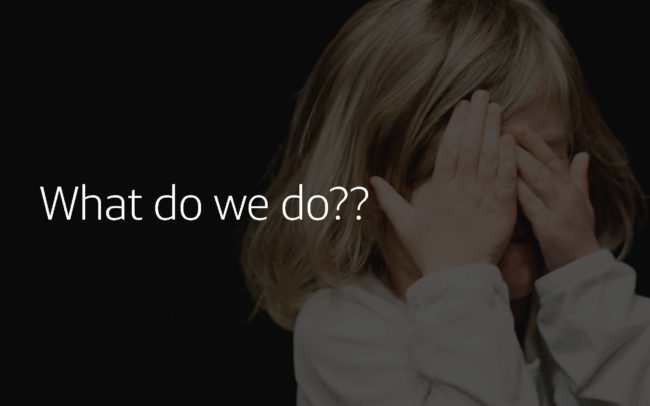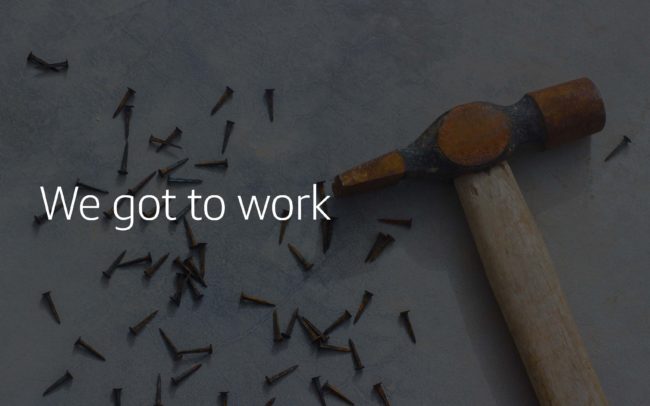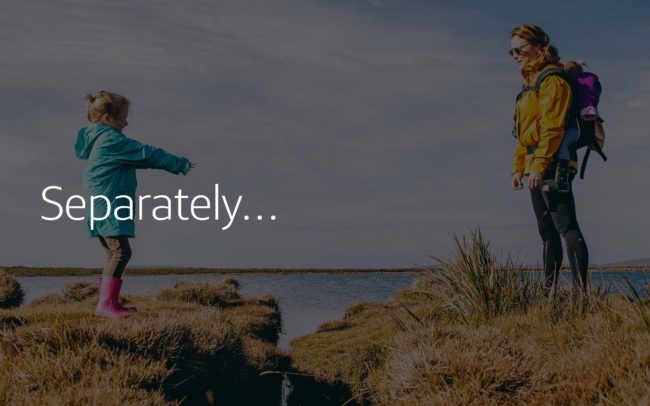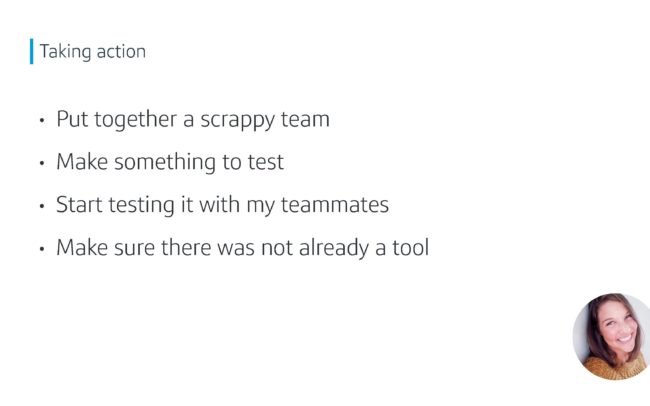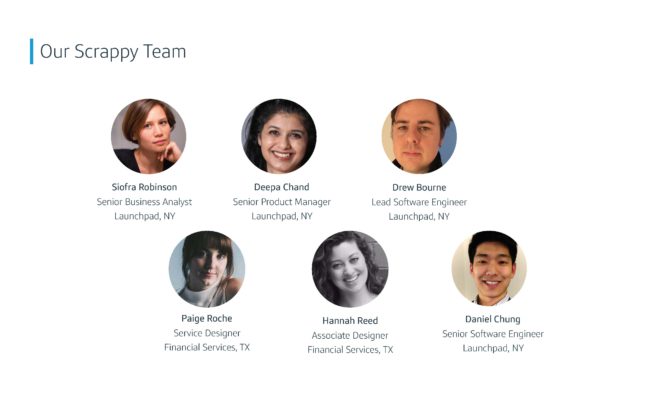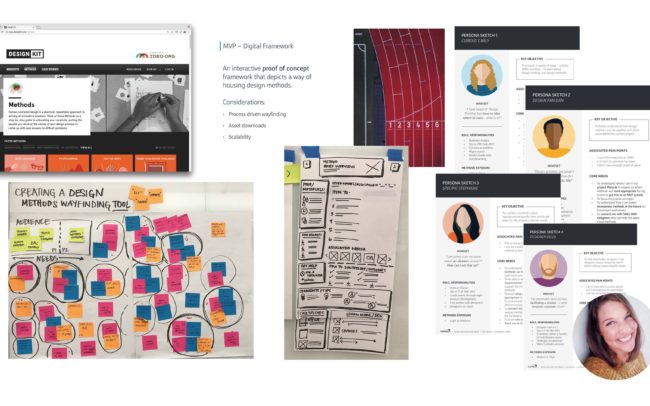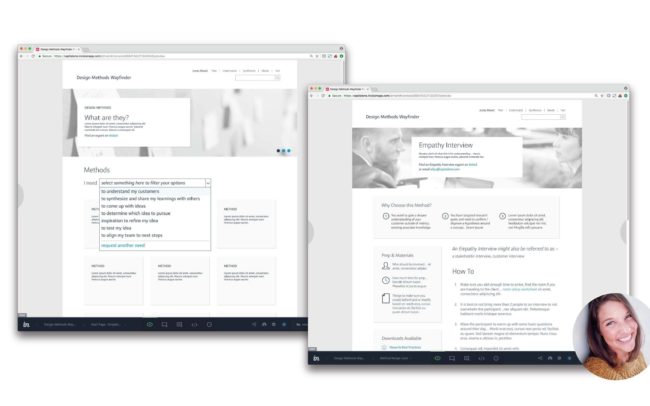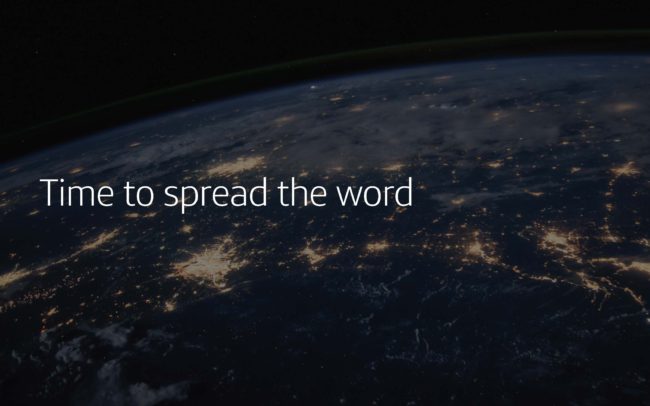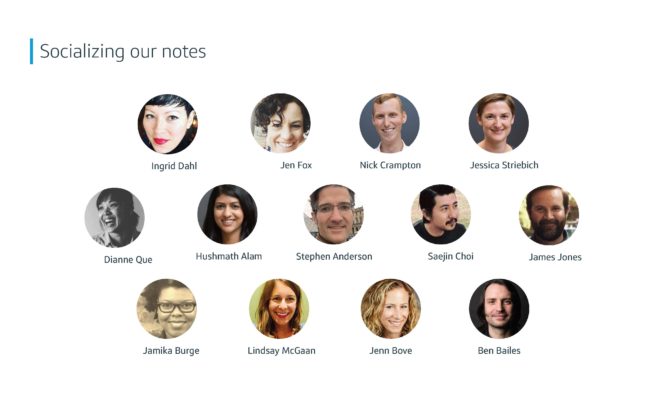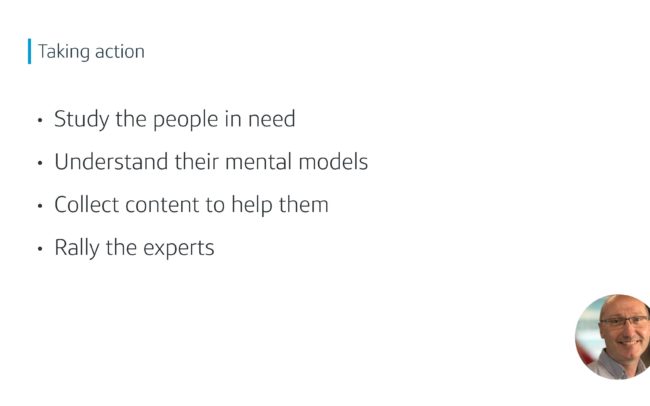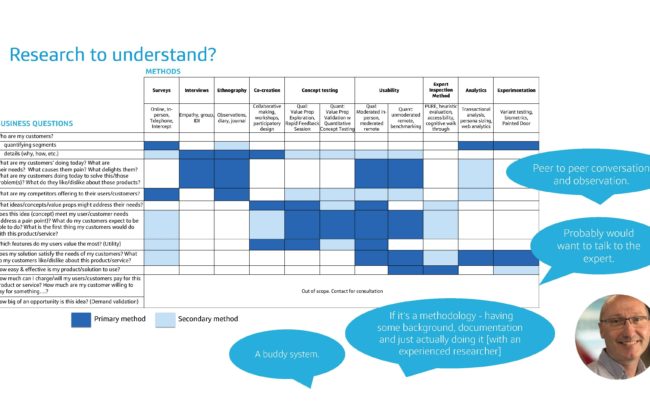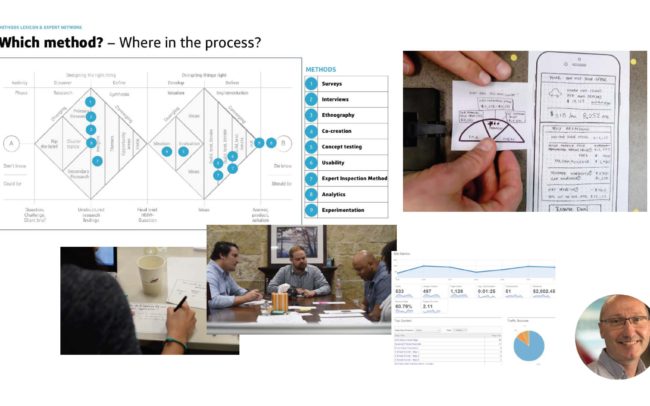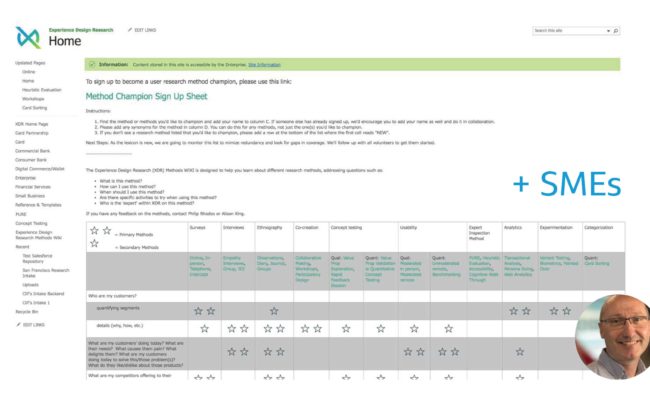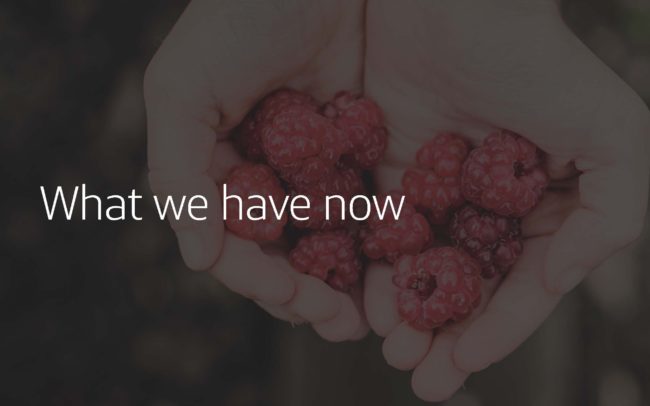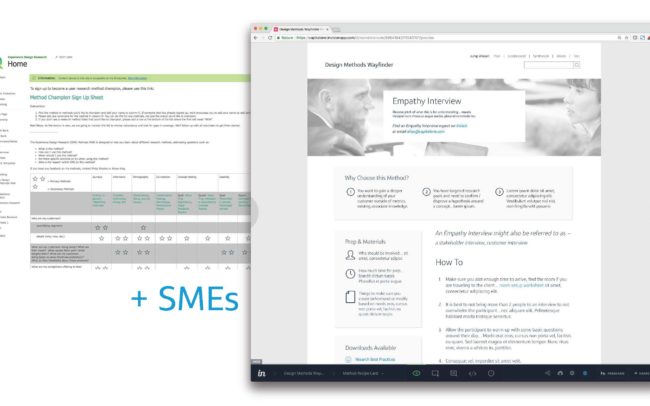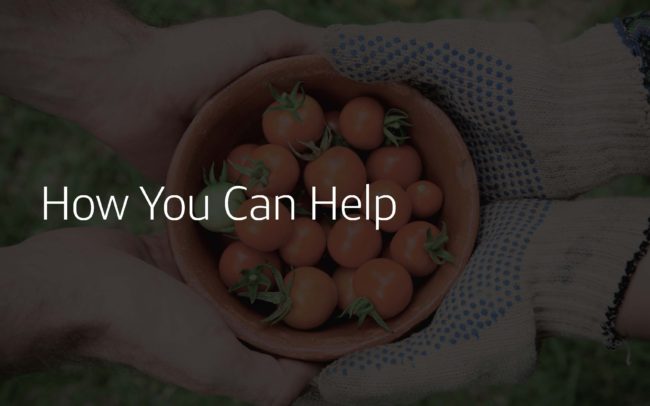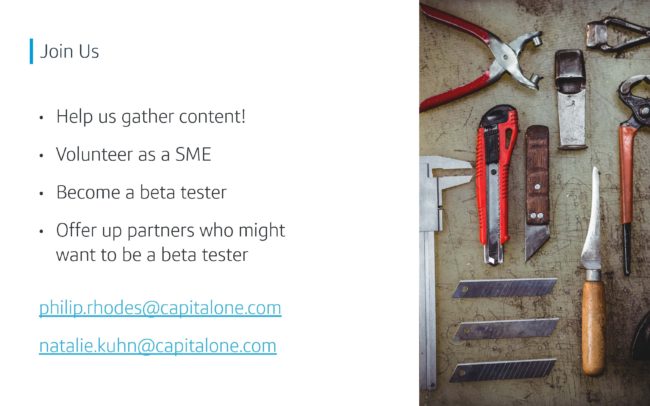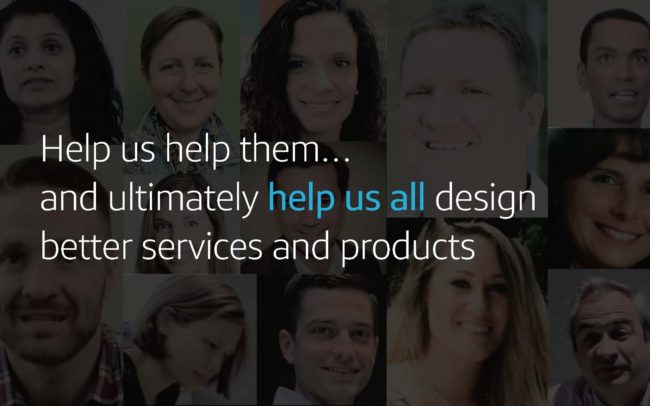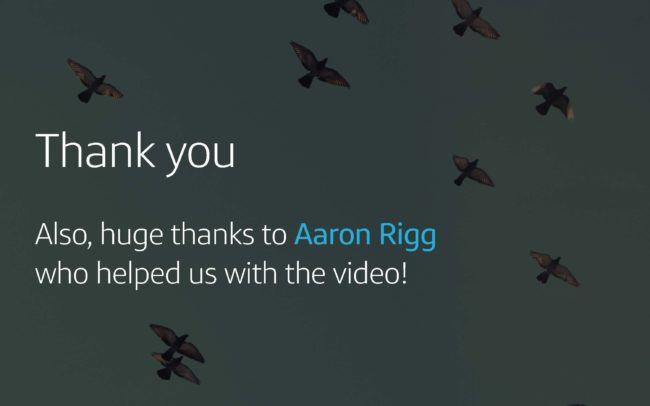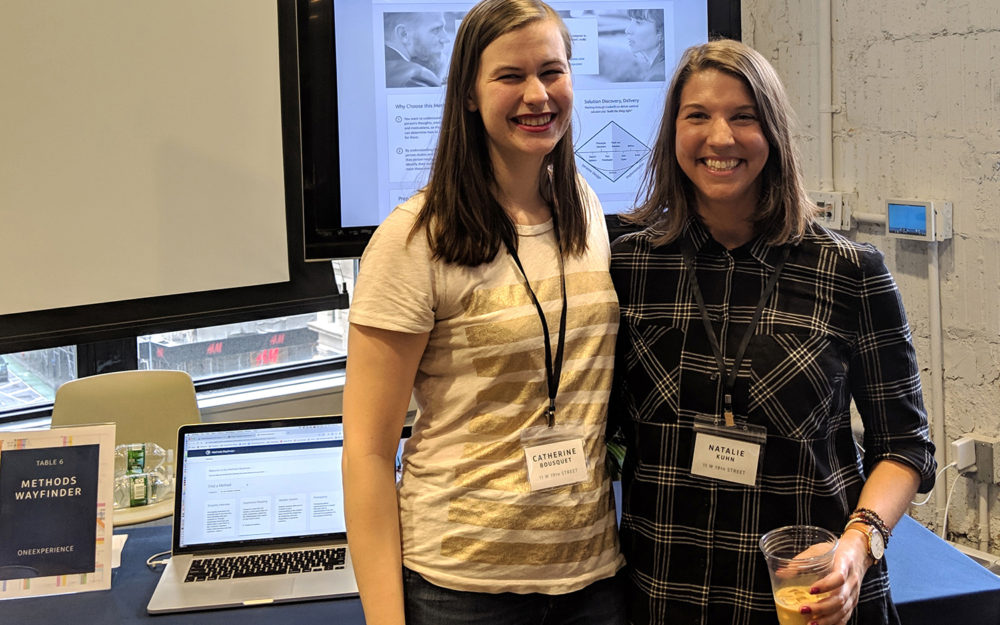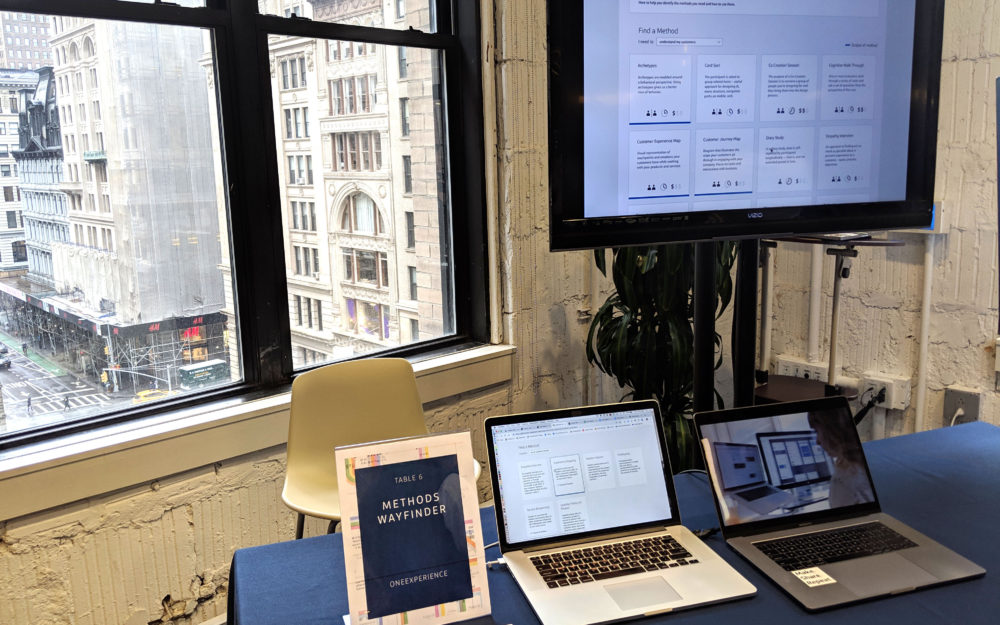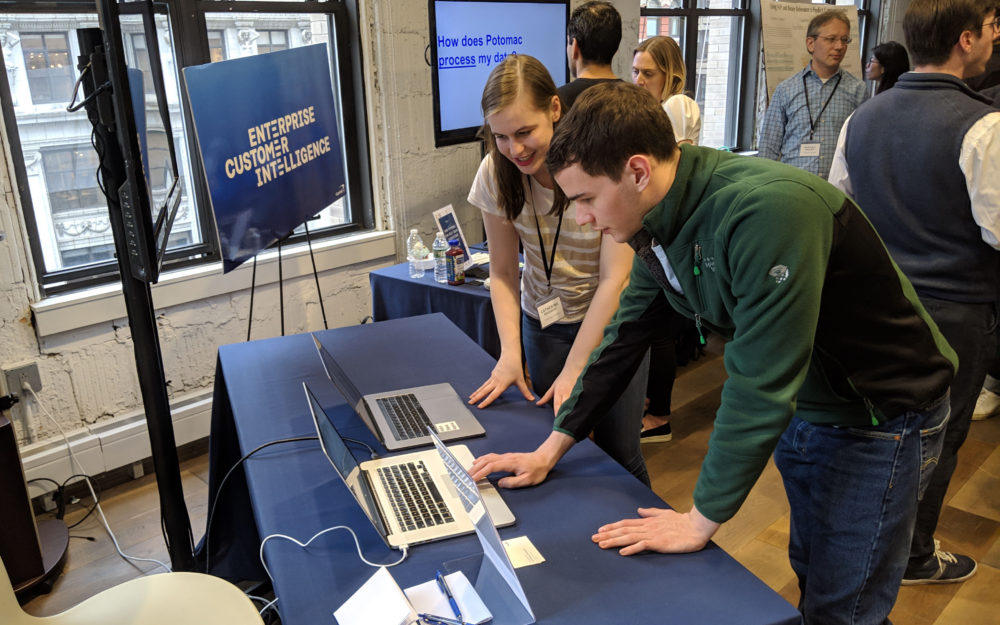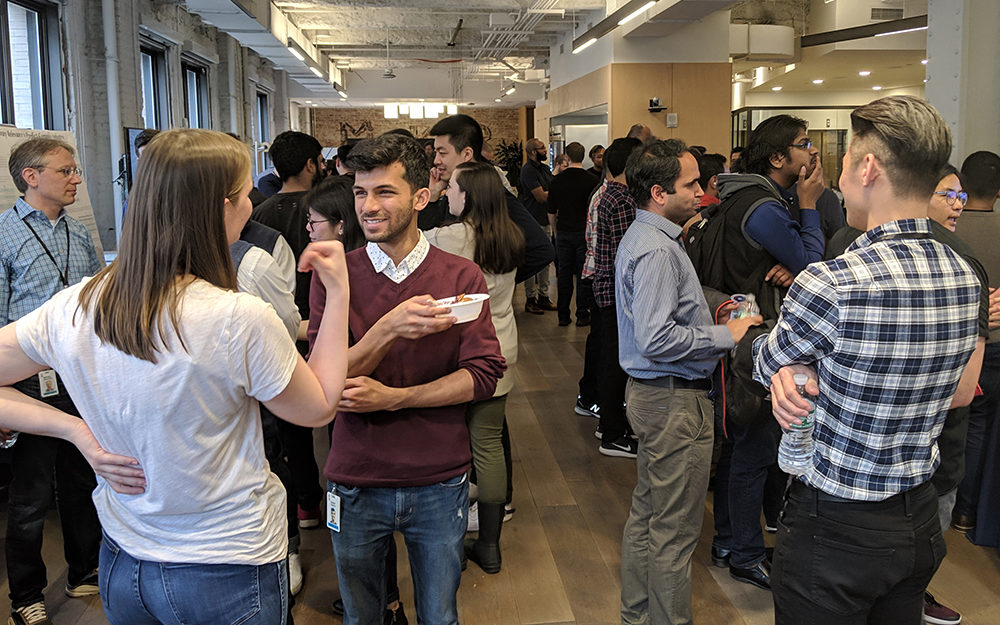DESIGN AND RESEARCH METHODS WAYFINDER
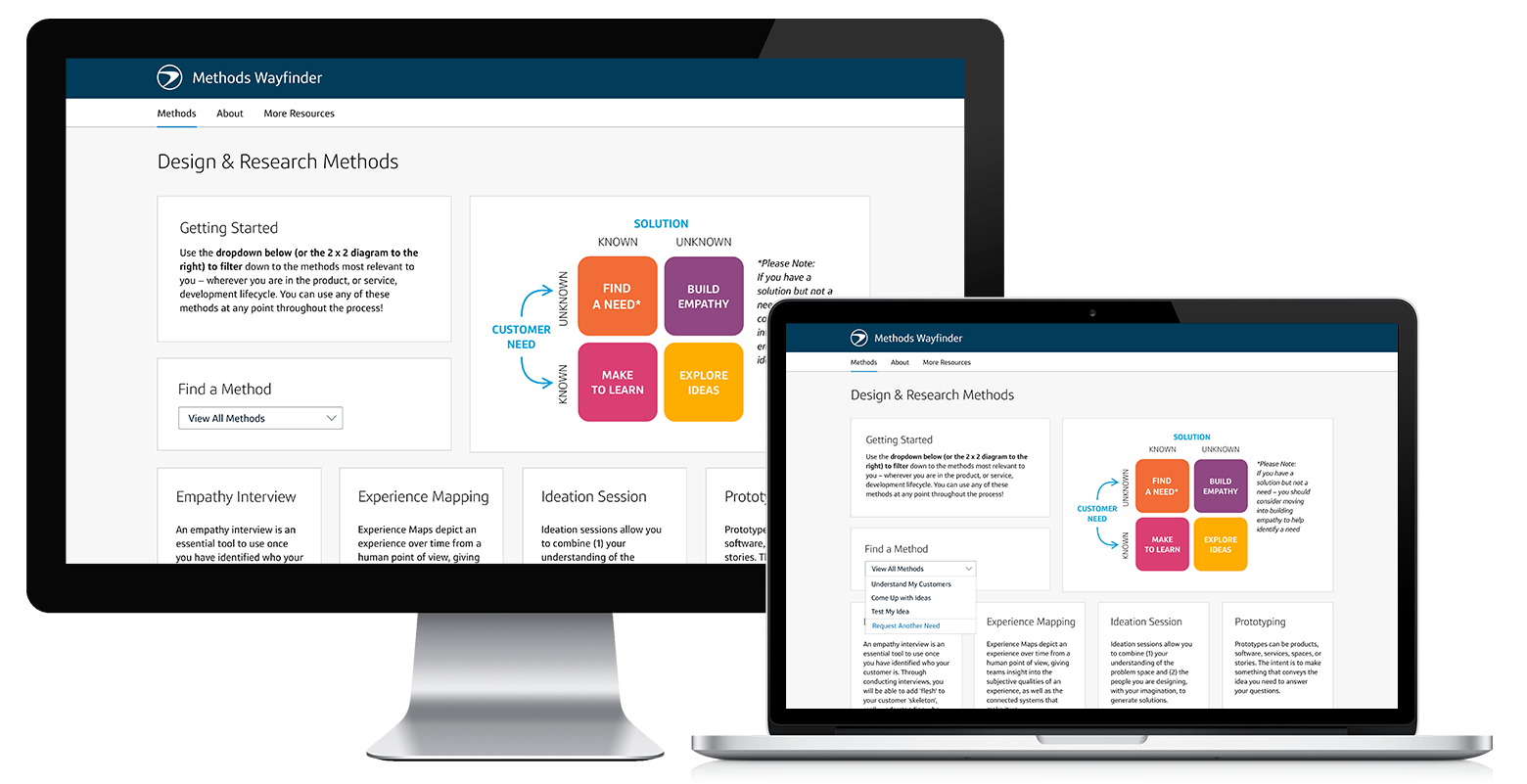
CATEGORY
Product Design
CLIENT
Capital One Enterprise
MY ROLE & SCOPE
Project Founder & Lead
Oversaw cross-functional team
Impact across entire enterprise
No prior or existing product
ACTIVITY OVERVIEW
– Observational Research
– Persona Sketches
– Co-Creation Sessions
– Landscape Analysis
– Concept Testing
– Filter Mechanism Study
– Organization Socialization
– Pitch Video
– Implementation
OPPORTUNITY
Because of the heightened exposure I had to Capital One associates through teaching design courses regularly, I became a part of the frontline of designers who would receive ad hoc requests from associates from across the organization interested in applying what they learned through courses from a design and research perspective. I was innundated with requests and wanted to create some kind of self serve support system for associates to continue to apply design and research methods even without embedded design resources.
APPROACH
I knew I needed to pull together a multidisciplinary team (product, tech, design), partner with them on a vision, delegate responsibilities, keep us on track with a project plan, and deliver an MVP all side of desk. So, I came up with a pitch deck to present to our innovation lab within the Commerial Bank–it outlined the opportunity I saw, observational research insights, and roadmap proposal to MVP. I quickly generated enough interest, people, and got us all together to get started. I had created a pitch video too (shown below) and used that to onboard folks.
OUTCOME
I lead the team through brainstorm sessions in order to align in our longterm vision and MVP. We fleshed out our perspective of who we were creating this tool for through additinal research, outlined our individual responsibilities, and I ultimately not only drove the work from a design perspective but also as a team leader and project manager. An MVP launched and I socialized it on a few platforms: 600 person design calls, local demo days, and through various online channels. The MVP continues to be used today by associates across Capital One.

